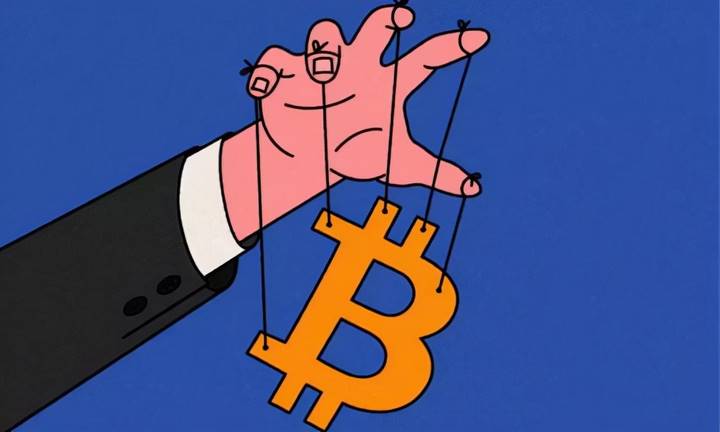According to the latest market data, the Ethereum derivatives market is facing a major test, with open interest reaching a staggering all-time high of $ 70 billion, exacerbating market volatility. Currently, the ETH price is 3496.95 USDT; a drop below the $4100 mark could trigger $6 billion in forced liquidations. Despite this, a recent Fidelity research report emphasizes Ethereum's long-term value proposition in the digital asset market. Its proof-of-stake mechanism keeps the inflation rate between -1% and 1.5%, demonstrating superior monetary policy control compared to traditional assets. With validator queue data showing continued network participation growth and early holders beginning to move for profit-taking, Ethereum is at a critical crossroads between short-term risks and long-term value.
Three Altcoin face significant liquidation risks at the end of August.
Warning signs are emerging in the Ethereum derivatives market, with open interest hitting a record high of $70 billion, exacerbating volatility risks. While long positions hold a slight advantage, reflecting bullish sentiment, a break below $4,100 could trigger $6 billion in forced liquidations.
Early ETH holdings began to fluctuate, indicating increased profit-taking activity. Validator queue data shows continued growth in network participation, adding another layer of complexity to ETH price movements.
Fidelity emphasizes Ethereum's long-term value proposition in the digital asset market.
Fidelity Digital Asset's latest Ethereum analysis report highlights the blockchain's enduring competitive advantages. The August 26 report positions ETH as a pioneering smart contract platform with deep network effects, comparing its fee burning mechanism to corporate stock buybacks. By maintaining inflation between -1% and 1.5% through its proof-of-stake consensus mechanism , Ethereum demonstrates superior monetary policy control compared to traditional assets. The value accumulation mechanism of this $300 billion network strengthens with increased on-chain activity, although the report notes trade-offs in value capture associated with modular scaling. Decentralization remains a key differentiator—Ethereum occupies a middle ground between Bitcoin's minimalist approach and Solana's performance-oriented design. This strategic positioning brings both stability advantages and vulnerability to competition from the proliferation of Layer 2 solutions.
Rolling Poker's Ethereum positions were forcibly liquidated, resulting in heavy losses during the market downturn.
A sharp drop in Ethereum prices left Rolling Poker with only $70,000 in margin after a series of forced liquidations. This position, which peaked at $9.19 million earlier this week, currently shows a loss of $670,000.
This trader's journey perfectly illustrates the volatility of the cryptocurrency market: starting with $125,000, accumulating a profit of $43 million at one point, then giving back $6.86 million in profits until this latest setback. Market observers point out that this case perfectly illustrates the high-risk nature of leveraged cryptocurrency trading.
A whale's $125,000 long ETH position was liquidated, highlighting the risks in a downtrend market.
A high-risk bet ended in disastrous losses as a large trader's $125,000 long Ethereum position was liquidated during overnight market volatility. The trader's margin was reduced to a mere $70,000 at one point, a dramatic reversal from his earlier successful trades.
This speculator had previously navigated market corrections skillfully, preserving $6.86 million from a peak profit of $43 million. However, yesterday's volatility had disastrous consequences—$9.19 million in paper profits evaporated within hours, ultimately resulting in a $670,000 loss.
This liquidation highlights the extremely thin margins of leveraged cryptocurrency trading—a reversal of fortune can occur before the next candlestick closes. Ethereum's price action continues to test the responsiveness of even the most seasoned market participants.







